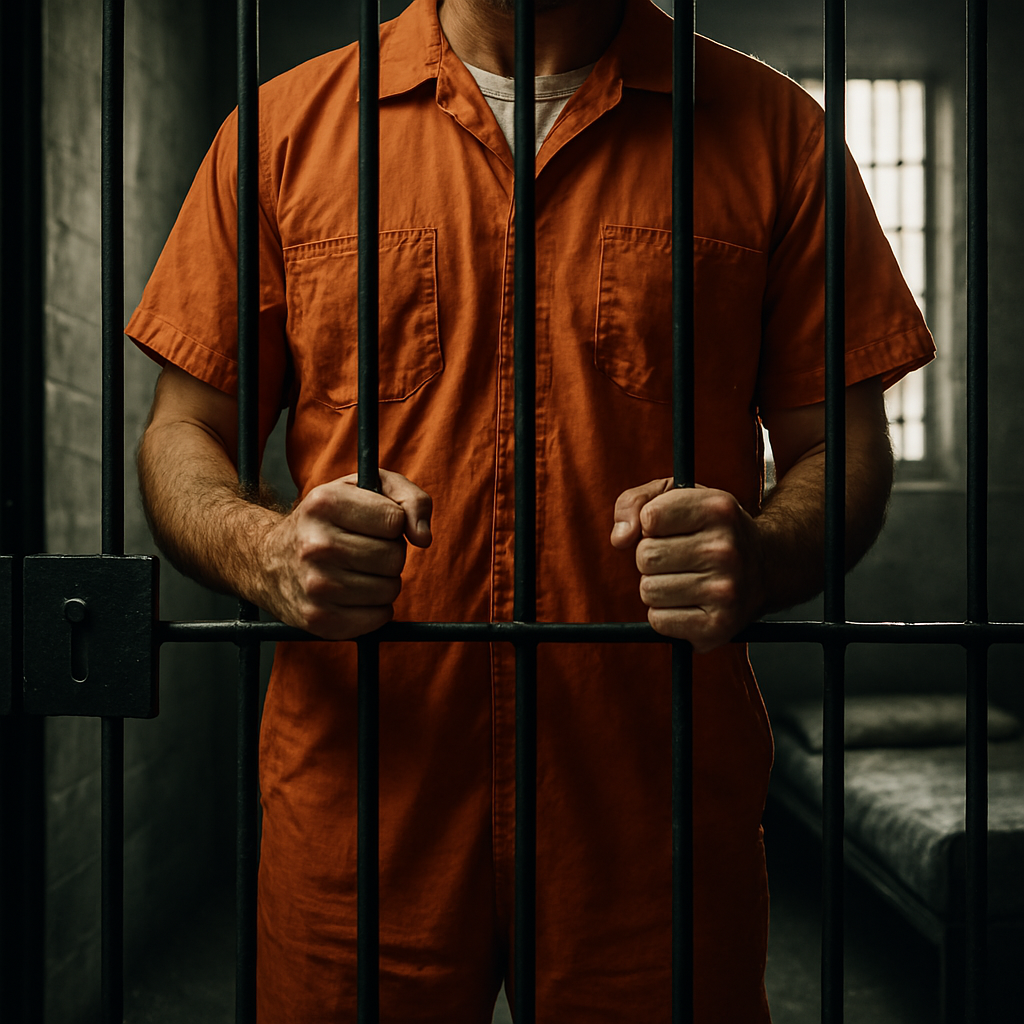
Introduction
Forget what you’ve seen on TV. Real prison life isn’t just orange jumpsuits and soap opera drama. From overcrowded cells and brutal routines to unspoken rules and survival tactics, life behind bars in America is its own universe—one where time moves differently and every decision can mean the difference between peace and chaos.
1. The First Day: Shock, Intake, and Adjustment
Getting processed into prison is often described as the most terrifying moment. You lose your name, your privacy, and your control. You’re issued a number, a uniform, and a bunk… if you’re lucky enough to have one.
2. The Daily Routine: Repetition and Control
Wake-up calls at 5 a.m., counts several times a day, meals at the same time, every day. It’s designed to erase individuality and enforce discipline. But inmates find their own ways to keep sane—work programs, reading, even “jailhouse hustle” like tattooing or making snacks from commissary items.
3. The Social Hierarchy: Race, Respect, and Rules
In most U.S. prisons, racial segregation is unofficial but real. Gangs run the yards. Respect is currency, and disrespect—even accidental—can lead to violence. There’s a code to everything: from how to look someone in the eye to how to stand in line.
4. Violence and Survival
Fights are frequent. Weapons are handmade. Some inmates go years without trouble; others are tested daily. Self-defense can get you sent to solitary. But not defending yourself? That can mark you forever.
5. Solitary Confinement: The Hole
Imagine 23 hours a day in a room the size of a parking space, with no human contact. Some inmates lose track of days. Others lose their minds. It’s supposed to be punishment—but for many, it’s just torture.
6. Hope, Hustle, and Humanity
Not every story behind bars is about pain. Some find religion, education, or even love. Programs for writing, studying law, or mentoring younger inmates offer a way out—not always physically, but mentally and emotionally.
Conclusion
Prison isn’t just punishment—it’s a society with its own rules, rituals, and rhythms. To understand American justice, you need to look past the bars and into the lives lived within them.